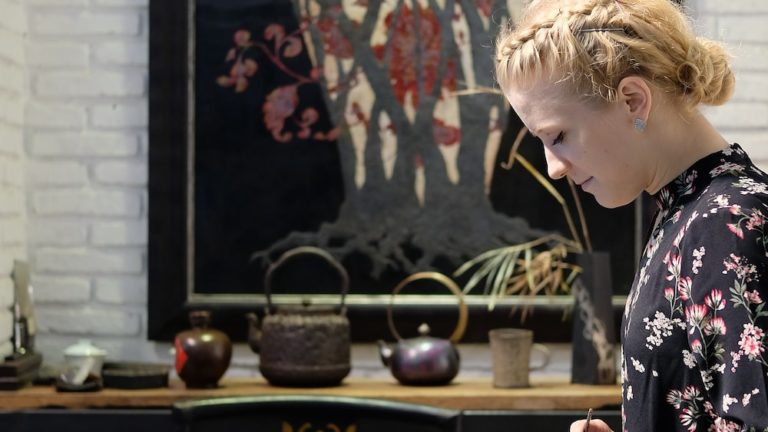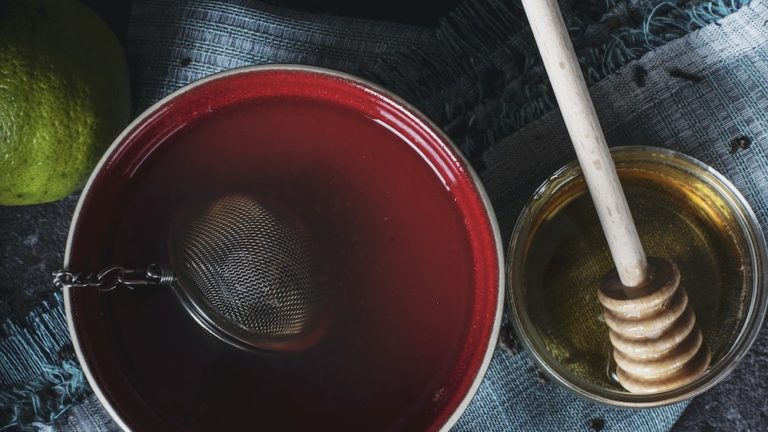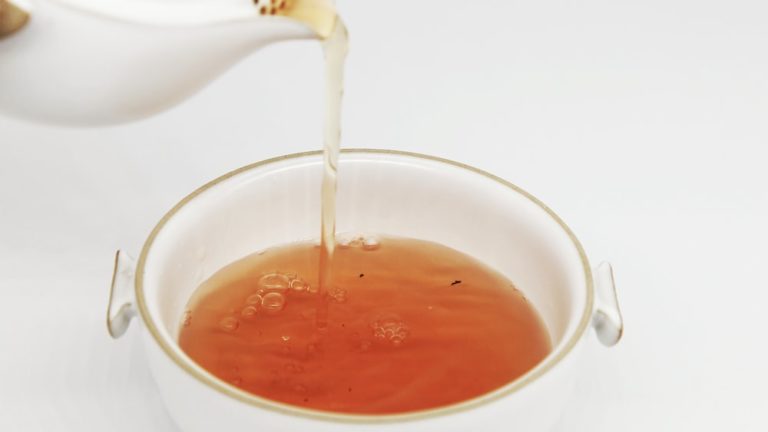11 Must-Try Green Tea Types: A Comprehensive Guide
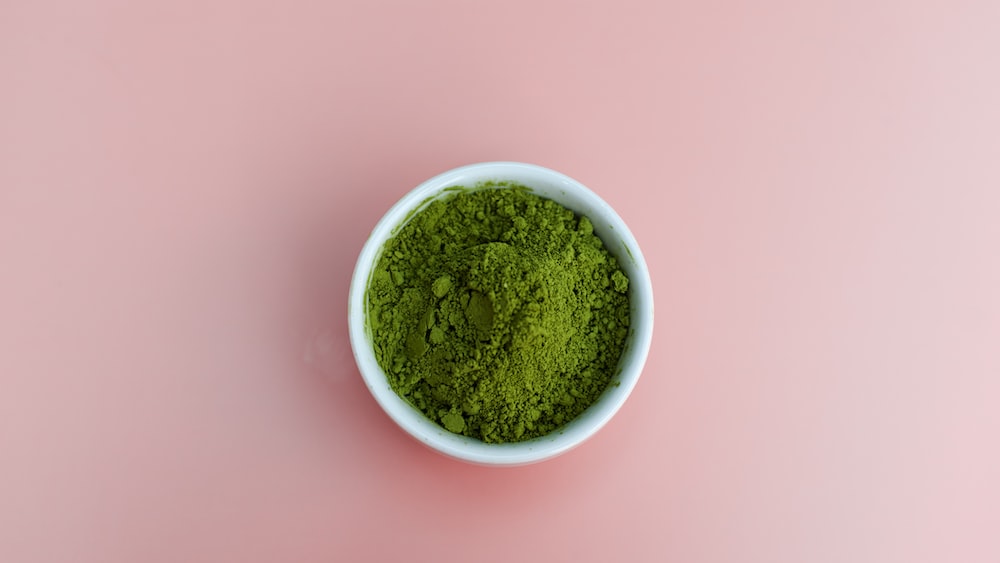
11 Must-Try Green Tea Types: A Comprehensive Guide
Hello there, fellow tea enthusiasts! Do me a favor and tip your kettle; we’re about to embark on an adventure steeped in tradition, taste, and a tantalizing array of green tea types. Picture this: traversing the rolling green hills of Asia’s archetypal tea plantations, skipping between Japan’s Sencha, to China’s Dragon Well, then bouncing back to take a whiff of Himalayan aromas. Sounds good, doesn’t it? But hold your teacups… we’re not quite done.
In this blog post, we’re setting up a tea party of knowledge, letting you in on the often under-appreciated world of green tea. We are going to talk about how history has been brewing in timeless tea pots and the wellness wonders waiting within blooming tea buds. So, are you tea-d up and ready to explore? Too matcha puns for you? Well, grab a hold of your teapot’s handle and let’s steep right into it!
Understanding Green Tea
Before we dive headfirst into our virtual tea assortment, let’s take a moment to understand what green tea really is. After all, how can one truly enjoy the delicate swirls of steam emanating from their teacup without appreciating the science and art behind it?
What is Green Tea?
Tea-drinkers and non-tea-drinkers alike, can we all gather for a moment of contemplation? In the midst of our busy lives, have we ever paused to consider – what is green tea? Alright, before we get lost in a philosophical labyrinth, let’s simplify things.
Now, picture a tea bush. Plump and shiny leaves waving in the breeze. That right there, my friend, is raw green tea. But don’t be fooled, it is not as simple as it looks! The transformation from a humble leaf to a swirling cup of goodness is no less than magic. The secret lies in sunlight, careful cultivation, and swift processing methods that aim to preserve the green hue and potent antioxidants. Isn’t that a plot twist in a teacup?
Green tea is not just a simple leaf, but a magical transformation from raw leaves to a swirling cup of goodness through careful cultivation and swift processing methods.
The Origin and History of Green Tea
Simplicity and complexity dance hand in hand when it comes to green tea’s history. Tracing back its roots, we find ourselves in Ancient China, amidst whispering tales of a divine emperor and a rogue leaf drifting into his boiling water. One sip, and voila, green tea was born.
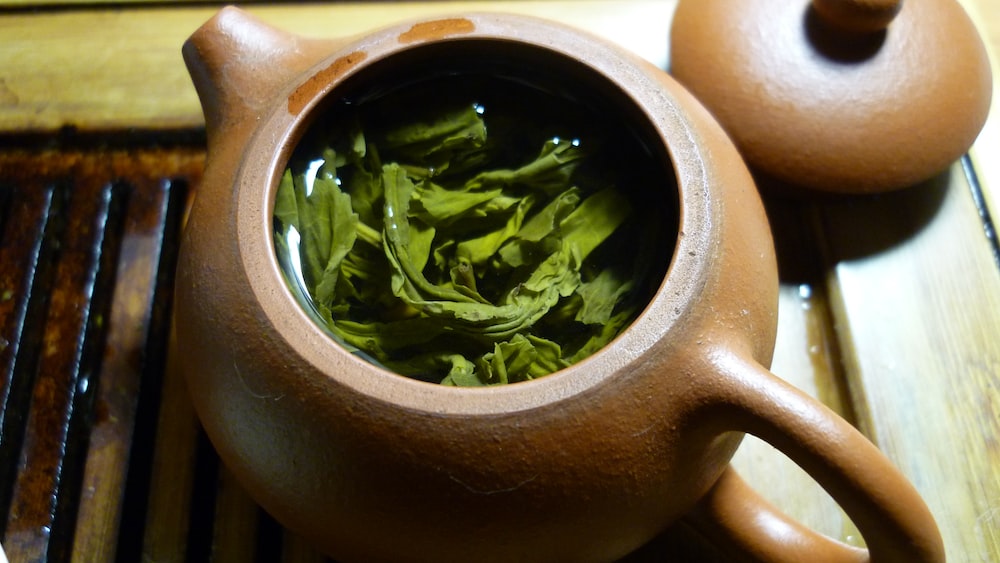
This, of course, is the legend. In reality, green tea’s story is a snaking pathway through the annals of Chinese and Japanese culture. From the elegant tea ceremonies of ancient dynasties to the tranquil Zen tea rituals of Japan, green tea has been a prominent feature, a brew symbolic of health, longevity, and spirituality.
The Health Benefits of Green Tea
Now mark my words, people, the health benefits of green tea are no joke! From historical anecdotes to modern medical research, its popularity just doesn’t seem to wane. And why should it, when it brings a literal bag of benefits?
Step aside Superman, green tea is the true hero here. Loaded with bioactive compounds (antioxidants, anyone?), green tea is linked with a reduced risk of cardiovascular disease. Sipping on a cup of green tea may also help banish those bothersome brain fogs, thanks to its caffeine and L-theanine content. Get ready to upgrade your cognitive functions, baby! And as an encore, green tea might just offer protective effects against certain types of cancer. How’s that for a superhero entrance?
The 11 Must-Try Green Tea Types
If you thought all green tea was the same, brace yourself! We’re about to dive into the deep, diverse tea-scape of 11 distinct types of green tea. From Japan’s savory concoctions to China’s subtly sweet offerings, let’s sip our way across the globe!
1. Sencha Green Tea
So, let’s begin with Sencha. Japan’s most popular green tea. Picture yourself sitting in a traditional tea house, as a tea-master meticulously prepares a fresh brew. Your senses tingle as the subtle mix of sweetness and bitterness hits your tongue.
Produced all year round, Sencha is the little black dress of Japanese teas, a staple that never goes out of style. But don’t mistake its ubiquitous nature for simplicity. With variations in quality and flavor based on harvest times and cultivation techniques, Sencha offers more shade than an umbrella in a Japanese garden.
2. Matcha Green Tea
On to the rock star of green teas – Matcha. So popular it’s nearly synonymous with green tea itself. Originating from Japan, this powdered wonder is the queen bee of the tea ceremony. But folks, Matcha isn’t just another pretty face, it’s a brainy beauty, with its high antioxidant content and unique preparation process.
With Matcha, you don’t just steep, you whisk! As you dive into the sweet, creamy notes of this powdered delicacy, you’re not just enjoying a drink, you’re savoring a work of art, a cup of tranquility, the famed “matcha moment.”
3. Genmaicha Green Tea
Next up is the Cinderella story of green teas, the unpretentious yet irresistible Genmaicha. Paired with roasted brown rice, this is a tea that can easily slip under the radar. But underestimate it at your peril!
Genmaicha was traditionally the tea of common folk, but let me tell you, there’s a whole grain of truth to the saying that simplicity is the ultimate sophistication. As the nutty aroma wafts from your cup mixing with the grassy notes of green tea, you’ll understand why this underdog of teas has captured the hearts of many. So, how about it? Ready to let the Genmaicha slipper fit?
4. Longjing (Dragon Well) Green Tea
One cannot talk about tea without a cup of the legendary Longjing or Dragon Well green tea stealing the spotlight. This stellar cast member in the green tea drama hails from the swirling dragon wells of Hangzhou, China.
Regarded as the national drink of China and often given to dignitaries worldwide, Longjing is the Beyoncé of teas: it has earned all the lemons life offers and concocted an antioxidant-laden, lemonade-like beverage. The flavor experience is like a tranquil boat ride – clean, fresh with a hint of chestnut nuance playing on your palate.
One cannot help but fall for its vibrant jade color and the beautiful spectacle of leaves dancing akin to dragon’s descent – hence its name. A top-shelf brand treats you to hand-pressed flat leaves that whisper tales of ancient Chinese tea rituals.
Longjing, the legendary Dragon Well green tea, is like Beyoncé of teas, offering a clean, fresh flavor with chestnut undertones and a vibrant jade color that is truly captivating.
5. Gyokuro Green Tea
If Longjing is the diva of green teas, then Gyokuro is its elite, award-winning producer. This high-quality Japanese green tea is known for its unique cultivation process – shielding it from direct sunlight twenty days before harvesting.
This method boosts chlorophyll levels, enhancing its antioxidant properties, and imparting a vibrant green color compared to its sunny counterparts. The shade-loving life of Gyokuro yields complex flavor experiences, full-bodied charisma with a sweet aftertaste.
6. Jasmine Green Tea
Jasmine Green Tea is the high school sweetheart we all remember – sweet, fragrant, and can set hearts aflutter. Known as the perfumer of green teas, it is like walking into an oriental garden at dawn – each sip is a waft of floral notes, enchanting the senses.
Its production involves the perfect marriage of green tea leaves and Jasmine petals, where the unity occurs overnight so the leaves can absorb the fragrance*. Oh, the romance!* The presence of antioxidants means a bouquet of health benefits besides the exquisite flavor experiences.
The key to enjoying Jasmine green tea is to let it play second fiddle to your meal. Pair it with bland foods, and let its unique character lead the waltz on your taste buds.
7. Mint Green Tea
Mint Green Tea is like a spontaneous, refreshing breeze on a hot summer day. So imagine, summer sunshine bottled up in a teacup – the sharp, clean taste of mint valiantly riding on the understated green tea background.
The high content of antioxidants bundled with the digestive properties of mint make this beverage your ally after indulging in a sumptuous meal.
8. Himalayan Green Tea
Then there is the Himalayan Green Tea, the newcomer who, against all odds, has earned a spot in the tea lover’s heart. This high-altitude olympian hails from the foothills of the Himalayas, bringing with it the freshness of the mountain air.
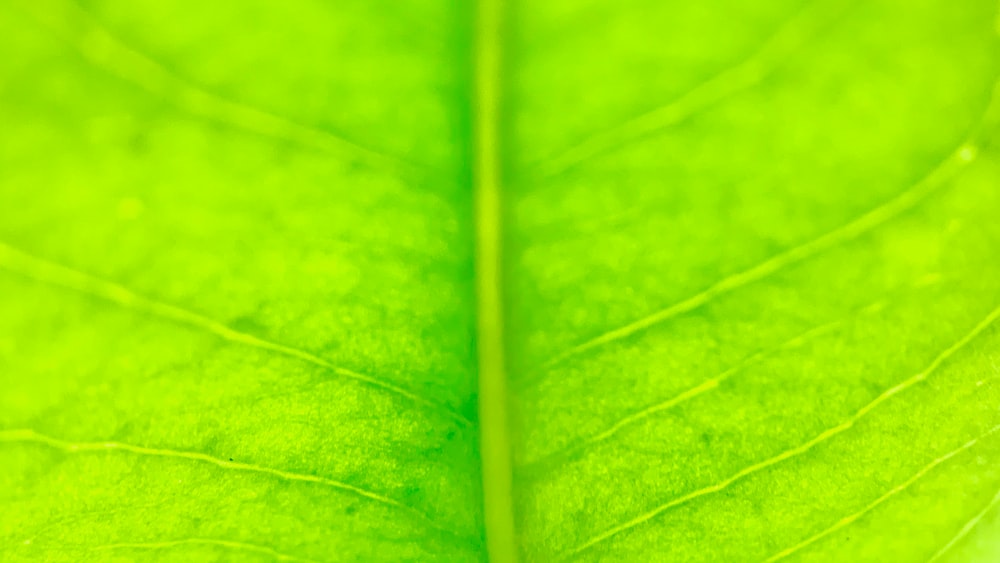
Himalayan Green tea provides the tranquility of untouched rainforests in a cup. It is a close encounter with nature – a little floral, subtly grassy, and provides a smooth flavor experience that leaves more than your taste buds intrigued.
The high antioxidant content adds to its allure, making it a pleasure from the first sip to the last. But remember, brewing it correctly is crucial for unlocking its authentic character.
Himalayan Green tea offers a close encounter with nature, providing a smooth flavor experience and high antioxidant content.
9. Gunpowder Green Tea
Next up, the rebellious, edgy member of the green tea squad, the Gunpowder Green tea. These tightly rolled leaves, resembling gunpowder pellets, explode into a world of flavors upon brewing.
Relishing Gunpowder Green tea is akin to a high-energy rock concert – bold, robust, and buzzing with intensity. The smoking process during its preparation gives it a unique smoky undertone that adds to its personality.
Alongside its bold flavor experience, Gunpowder green tea matches its peers in health benefits, making a robust statement on the health-conscious individual’s shelf.
10. Chamomile Green Tea
Be it a lullaby in a hurricane or the calm in a storm, Chamomile Green Tea can soothe even in the direst circumstances. Its pleasant floral character, coupled with the freshness of green tea, makes it a comforting drink.
A hot cup of Chamomile Green tea provides an olfactory rollercoaster ride – from the comforting aroma of chamomile flowers to the rejuvenating scent of green tea.
11. Sweet Himalayan Detox Green Tea
Allow me to introduce the charismatic leader of the detox brigade, the Sweet Himalayan Detox Green Tea. This blend of green tea with Himalayan herbs brings a cocktail of distinct, harmonious flavors and a whirlwind of health benefits.
Sipping on this beverage is like being the protagonist in your favorite book – a thrilling journey of tastes, textures, and an unexpected sweetness courtesy of Stevia leaves. It’s the gentle detox solution that your wellness regimen craves.
The high antioxidant content amplifies its health benefits, making it a truly holistic beverage experience. Your body and your taste buds will thank you.
How to Prepare and Enjoy Green Tea
Ah, the art of brewing green tea! It’s an intricate dance of temperature, time, and the unspoken tea rituals. Each green tea variety has its own ideal brewing condition that can maximize the flavor experiences and the number of antioxidants released. Stay tuned for a complete guide to help you decode the art of green tea brewing.
Brewing Techniques for Different Green Tea Types
Well, tea enthusiasts, it’s time to put on your aprons! Brewing diverse types of green tea can feel a bit like playing mad scientist, but don’t worry, your lab won’t explode. Or, will it? Just kidding!
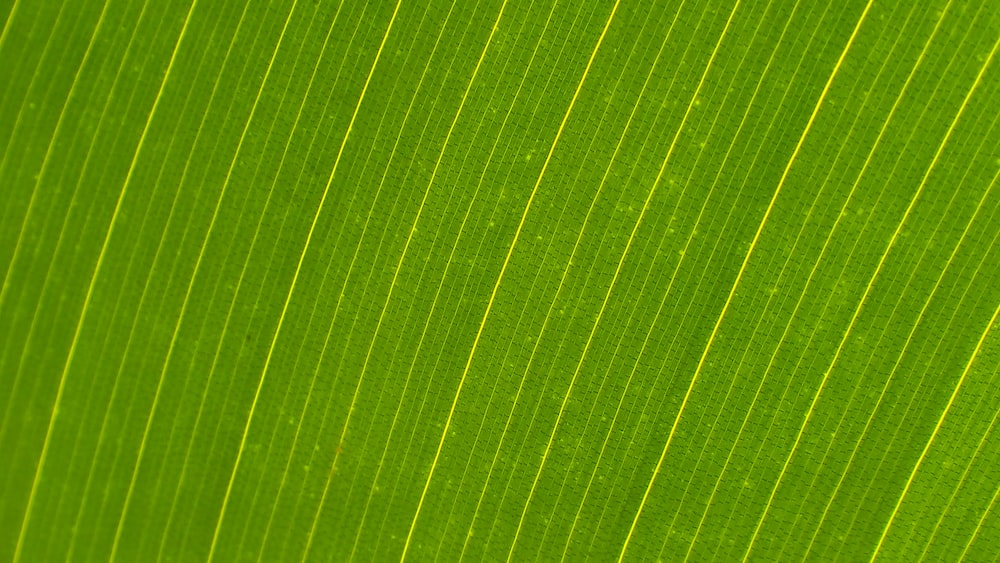
Opposite to the misconception that all green teas are brewed the same way, each type has its unique quirks. Sencha, the James Dean of green teas, likes its hot water at around 70-80°C, while the more delicate Gyokuro prefers it around 60-70°C. Do be careful not to subject these green teas to a boiling water bath, as you might end up with a burned, bitter brew that’d curl your toes faster than a foot cramp!
Remember that brewing technique? Sure, it’s a critical part of your green tea experience. But, let me tell you, the quality of the products you choose plays an equally vital role. Always go for high-quality leaves and pure water for an enchanting tea-drinking experience.
Each type of green tea has its own unique brewing requirements, so be sure to use the right water temperature and high-quality leaves for the best flavor.
Best Time to Drink Green Tea
The old Earl Grey might be the perfect companion for your breakfast toast, but when is the best time to cherish your beloved green tea, you ask? Some tea researchers say sipping your green tea in the morning is advantageous, as it boosts your metabolism and bolsters your brainpower without causing jitters like coffee might.
As a general rule of thumb, drinking green tea at least an hour after meals is suggested because it can inhibit the absorption of certain nutrients. However, remember, every person reacts differently to green tea! Consider any health conditions, your caffeine tolerance, and whether or not you’re a werewolf (just checking if you’re paying attention!).
Before bed isn’t particularly a great time, though. Unless, of course, you enjoy counting sheep all night. Jokes aside, green tea does contain caffeine. And, unless you particularly fancy doing 2am tango with your pillow, it’s best enjoyed away from your night routine.
FAQs
1. What are the health benefits of different types of green tea?
The health benefits of distinct types of green tea are numerous and often varied. For instance, matcha is loaded with antioxidants, aiding in detoxification, while jasmine green tea can provide a calming effect. Generally, green teas are conducive to heart health, weight management, and improved brain function.
2. How does the taste of green tea vary with its type?
The taste of green tea changes considerably with its type. If we take an oriental gustatory tour, Sencha offers a balanced flavor of bitterness and sweetness, while Genmaicha offers a uniquely nutty, almost popcorn-like taste owing to the roasted brown rice mixed in!
3. What is the best way to store green tea?
The best way to store green tea is by keeping it in an airtight container away from light, heat, and moisture. In simpler terms, treat your tea leaves as a vampire – shun them away from sunlight!
4. Can I drink green tea every day?
Yes! Drinking green tea every day is generally safe and beneficial, given you observe moderation. However, it’s always a good idea to consult with healthcare professionals if you have any specific health concerns.
Conclusion
The rich cultural tapestry of green tea is as inviting as it is intricate. Whether you’re a casual tea drinker or an immovable die-hard enthusiast, the diversity of green tea types grants a unique experience for every brew and sip.
Remember, there’s no “one-size-fits-all” when it comes to tea. It’s a deeply personal experience, much like picking a favorite Harry Potter character (Don’t worry, we won’t judge, even if it’s the giant squid!). Enjoy the journey as much as the tea, and soon enough, you’ll find your perfect cuppa.
Well, like all good teas and stories, this one must come to an end. It’s been a steep thrill riding this green tea roller coaster with you. Until next time, keep calm and sip on. This is Zoe, signing off. Toast to your health and happiness!

